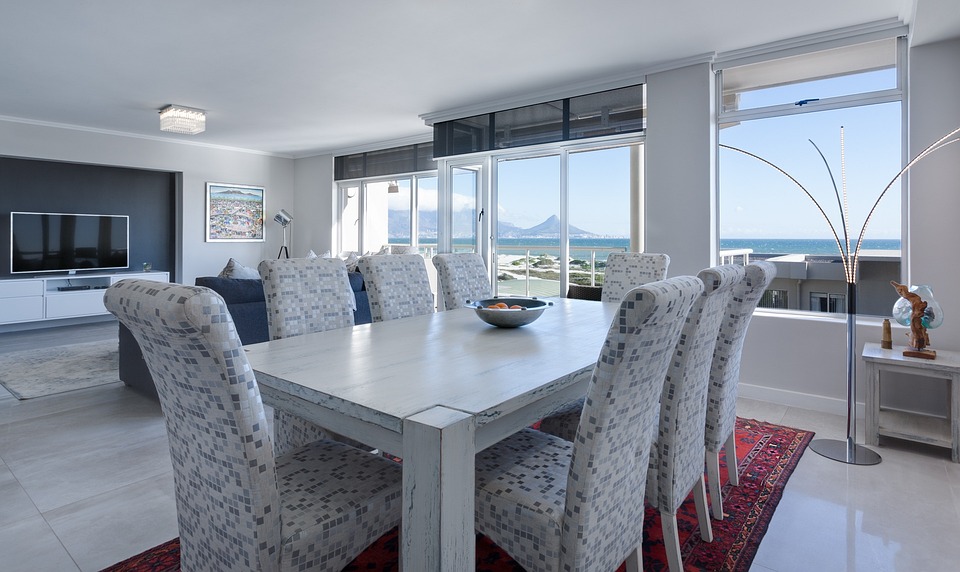The New York City Energy Conservation Code (NYCECC) is a set of regulations aimed at promoting energy efficiency in buildings throughout the city. The NYCECC is updated periodically to ensure that it keeps up with advancements in technology and best practices in energy conservation.

The most recent update, the NYCECC 2020, introduces new requirements and standards that developers and building owners need to be aware of, particularly when it comes to windows.

Residential Buildings
New Buildings
For new residential buildings, the NYCECC 2020 imposes specific window U-factor and solar heat gain coefficient (SHGC) requirements. The U-factor measures the rate of heat transfer through the window, while the SHGC represents the fraction of solar heat gain transmitted through the window.
The table below summarizes the maximum U-factor and SHGC values based on the climate zone:

To comply with the NYCECC 2020, developers must select windows that meet or exceed these maximum U-factor and SHGC values for the respective climate zone. New York, for example, belongs to the 4rth climate zone.
Existing Buildings
When renovating existing residential buildings, the window requirements differ slightly from those for new buildings. The NYCECC 2020 provides two compliance options for window replacements: prescriptive compliance and performance compliance.
Prescriptive compliance requires the replacement windows to meet specific U-factor and SHGC values based on the climate zone. Developers can refer to the same table mentioned earlier to determine the maximum allowable U-factor and SHGC values.
Performance compliance allows for more flexibility by considering the overall energy performance of the building rather than individual component requirements. Developers can use energy modeling software approved by the Department of State and the Buildings Commissioner to demonstrate compliance with the NYCECC 2020.
Commercial Buildings
New Buildings
For developers constructing new commercial buildings, the NYCECC 2020 introduces more stringent requirements for fenestration, which includes windows, skylights, and transparent doors. These requirements are aimed at improving the energy efficiency of the building envelope and reducing heat loss or gain through windows.
Under this new energy code, the maximum allowable U-factor (the amount of heat that is conducted from the interior conditioned space to the outside) and solar heat gain coefficient (how much heat gain enters a window) for fenestration will be more stringent compared to the 2016 NYCECC. It is important for developers to ensure that the windows they choose meet these new requirements.
Additionally, the 2020 NYCECC differentiates between vertical fenestration depending on the height of the windows above grade. Metal-framed windows will have more stringent U-factor requirements at heights of 95 feet and above compared to fenestration below 95 feet. Developers need to carefully consider the location and type of windows to ensure compliance with the code.
To demonstrate compliance with the fenestration requirements, developers must provide documentation of the U-factor and solar heat gain coefficient values for each window, skylight, or transparent door. The window schedule on drawings must specify these values and also include the manufacturer’s information for the fenestration assembly that satisfies the requirements.
Existing Buildings
For existing commercial buildings undergoing alterations, the NYCECC 2020 also imposes window-related requirements. When alterations are made to the building envelope, such as replacing windows, developers must ensure that the new fenestration meets the energy code standards.
Similar to new buildings, the U-factor and solar heat gain coefficient values for the new fenestration must be documented in the window schedule on drawings. The manufacturer’s information for the fenestration assembly that satisfies the requirements should also be provided.

It is important to note that the NYCECC 2020 applies to alterations that exceed a certain threshold. Developers should consult the code to determine the specific requirements based on the scope of the alterations.
Additional Considerations
While meeting the U-factor and SHGC requirements is essential, developers should also consider other factors that can impact window performance and energy efficiency. These include:
Window Orientation and Shading
The orientation of windows and the presence of shading devices can significantly affect solar heat gain and natural lighting. Developers should carefully consider the building’s orientation and design shading strategies to optimize energy performance.
Glazing Options
Choosing the right glazing for windows is crucial for achieving energy efficiency. Low-emissivity (low-e) coatings, gas fills, and insulated glazing units (IGUs) can improve thermal performance and reduce heat transfer.
Air Leakage
Proper installation and sealing of windows are essential to minimize air leakage. Developers should ensure that windows are installed according to manufacturer guidelines and conduct air leakage testing if required.
Building Envelope
The overall design of the building envelope, including insulation and air sealing, impacts the efficiency of windows. Developers should pay attention to the insulation levels and sealing details to create a tight and well-insulated envelope.
Compliance and Documentation
To demonstrate compliance with the NYCECC 2020 window requirements, developers must submit relevant documentation with their building permit applications. This documentation may include:
- Manufacturer specifications for windows, including U-factor and SHGC ratings
- Energy modeling reports (for performance compliance)
- Air leakage testing reports (if required)
- Any other relevant documentation as specified by the Department of Buildings
It is crucial to ensure that all documentation is complete and accurate to avoid delays in the permitting process.
How Vistaza Can Help
Navigating the requirements of the NYCECC 2020 can be complex, especially when it comes to window requirements. This is where Vistaza can provide valuable assistance. Vistaza is a leading authority in energy-efficient windows and doors that meet the stringent standards of the NYCECC 2020. We offer a wide range of products that not only comply with the code but also provide exceptional performance and aesthetics.
For more information on how Vistaza can help with New York City Energy Conservation Code window requirements, contact our team of experts today.




